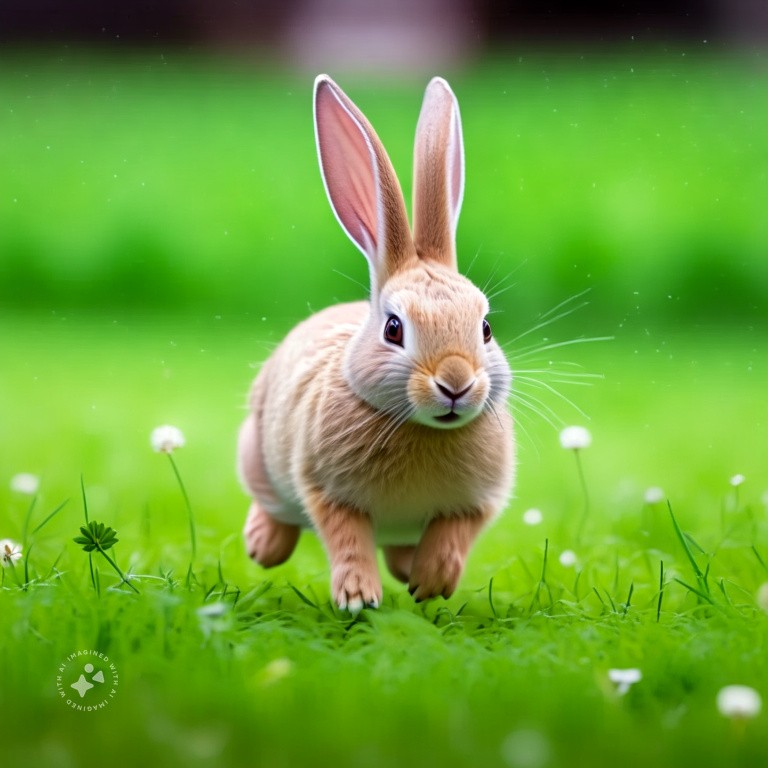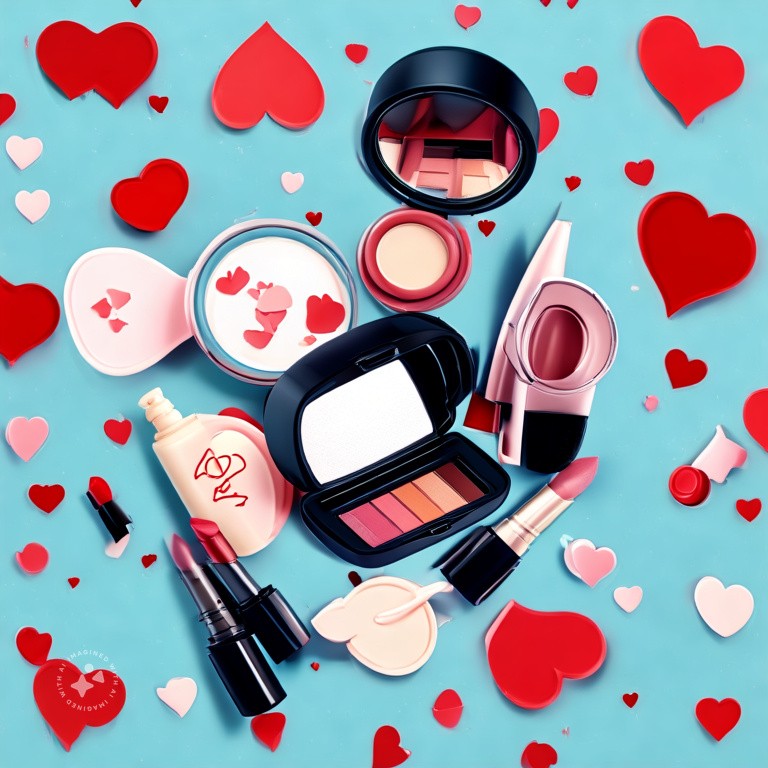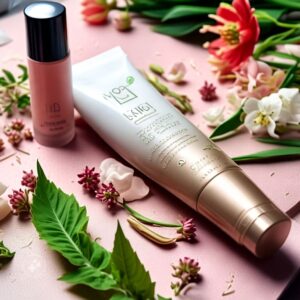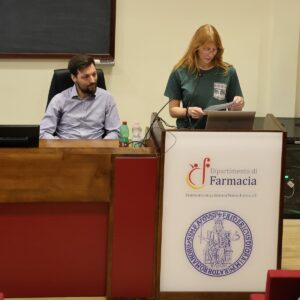In recent years, there has been a significant shift in consumer consciousness towards ethical and sustainable products, with a particular emphasis on cruelty-free cosmetics. As more people become aware of the ethical implications of their purchases, the demand for cruelty-free products has surged. But what exactly does “cruelty-free” mean, and why is it important?
What Does Cruelty-Free Mean?
Cruelty-free cosmetics refer to products that have not been tested on animals at any stage of their development. This term is regulated and certified by various organizations globally, each with its own set of criteria. The most widely recognized certifications come from Leaping Bunny, PETA’s Beauty Without Bunnies, and Choose Cruelty Free (CCF). These organizations ensure that companies adhere to strict no-animal-testing policies for both their products and ingredients.
The Ethical Argument
The primary motivation behind choosing cruelty-free cosmetics is ethical. Animal testing for cosmetics often involves painful procedures on animals, such as rabbits, guinea pigs, mice, and rats. These tests can cause significant suffering and distress. With the advancement of science, many believe that subjecting animals to such treatments is unnecessary and inhumane.

Alternatives to Animal Testing
Modern science has provided numerous alternatives to animal testing that are both ethical and effective. These alternatives include:
- In vitro tests: Laboratory techniques using human cells and tissues or plant substitutes to test the safety and efficacy of cosmetic products.
Our Ocular Irritection® and Corrositex® methods are the only OECD test guidelines to be not only 100% cruelty-free, but also totally vegan. - Computer modeling: Advanced computational methods that simulate human biology and predict the effects of substances on the human body.
- Human volunteers: Small-scale clinical trials on willing participants under strict ethical guidelines.
These methods not only avoid animal suffering but also tend to provide more relevant and accurate data for human health.
Regulatory Landscape
The push for cruelty-free products has led to significant regulatory changes around the world.
The European Union has banned animal testing for cosmetics since 2013, setting a precedent for other regions.
Similarly, countries like India, Israel, Norway, and New Zealand have implemented their own bans.
In the United States, while a federal ban is still pending, several states including California, Nevada, and Illinois have passed laws prohibiting the sale of animal-tested cosmetics.
Market Impact
The demand for cruelty-free cosmetics has driven significant changes in the market.
Major beauty brands and companies are now striving to meet consumer expectations by adopting cruelty-free practices. This shift has also given rise to numerous indie brands that are committed to ethical production from the start.
Brands that achieve cruelty-free certification often market themselves as such, using it as a unique selling point to attract conscious consumers. This has created a competitive market where cruelty-free products are no longer niche but are becoming mainstream.
Challenges and Misconceptions, the difference between "cruelty-free" and vegan
Despite the growing popularity of cruelty-free cosmetics, there are challenges and misconceptions. One common misconception is that cruelty-free automatically means vegan. While cruelty-free products are not tested on animals, they may still contain animal-derived ingredients. Consumers looking for fully ethical options should look for both cruelty-free and vegan certifications.
Additionally, navigating the labels can be confusing. Terms like “not tested on animals” can be misleading if the company outsources animal testing to third parties or if their suppliers conduct such tests. This is why recognized certifications are crucial for ensuring transparency and trust.
Conclusion
Cruelty-free cosmetics represent a significant step towards more ethical consumer practices. By choosing products that are not tested on animals, consumers can contribute to a broader movement that promotes humane treatment of animals and encourages the development of alternative testing methods.
As the market evolves and regulations strengthen, the hope is that cruelty-free becomes the norm, making the beauty industry kinder and more compassionate.





